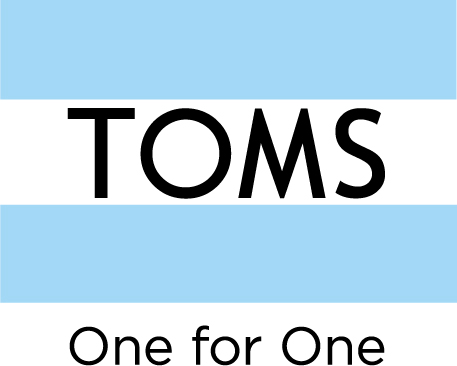
I must admit– for the past 18 years of my life, I never associated shared value with a profitable business. To me, it just seemed like they were two very opposing ideas-one was interested in creating social impact, while the other was interested in the $$$. In other words, either you’re a charity, or you’re not. As embarrassing as that ignorant confession sounds, I now realize how the two are related.
I looked into Toms, and their BUY-ONE-GIVE-ONE business model. I wanted to know how the company can stay profitable while still donating shoes to those in need. The most memorable and interesting facts I learned out of Marquis and Park’s “Inside the Buy-One-Give-One Model” was that such business model is mostly implemented in the fashion/apparel industry. They suggest that the reason for this is because the social impact is easier to understand and countable. In turn, this is easier to market to the consumers. In order to pay off the donated items, companies either raise prices or make cheaper variation models to donate. The following chart shows how their business models work:
Marquis and Park also point out that while such model was once a effective differentiation strategy, larger corporations are now beginning to incorporate this model which can drop the marketing impact of using the model for differentiation purposes. Despite this, I feel like this model is a nice blend of being sustainable and profitable. I hope that one day I will be able to run a business like this too.
The original report can be found here.

